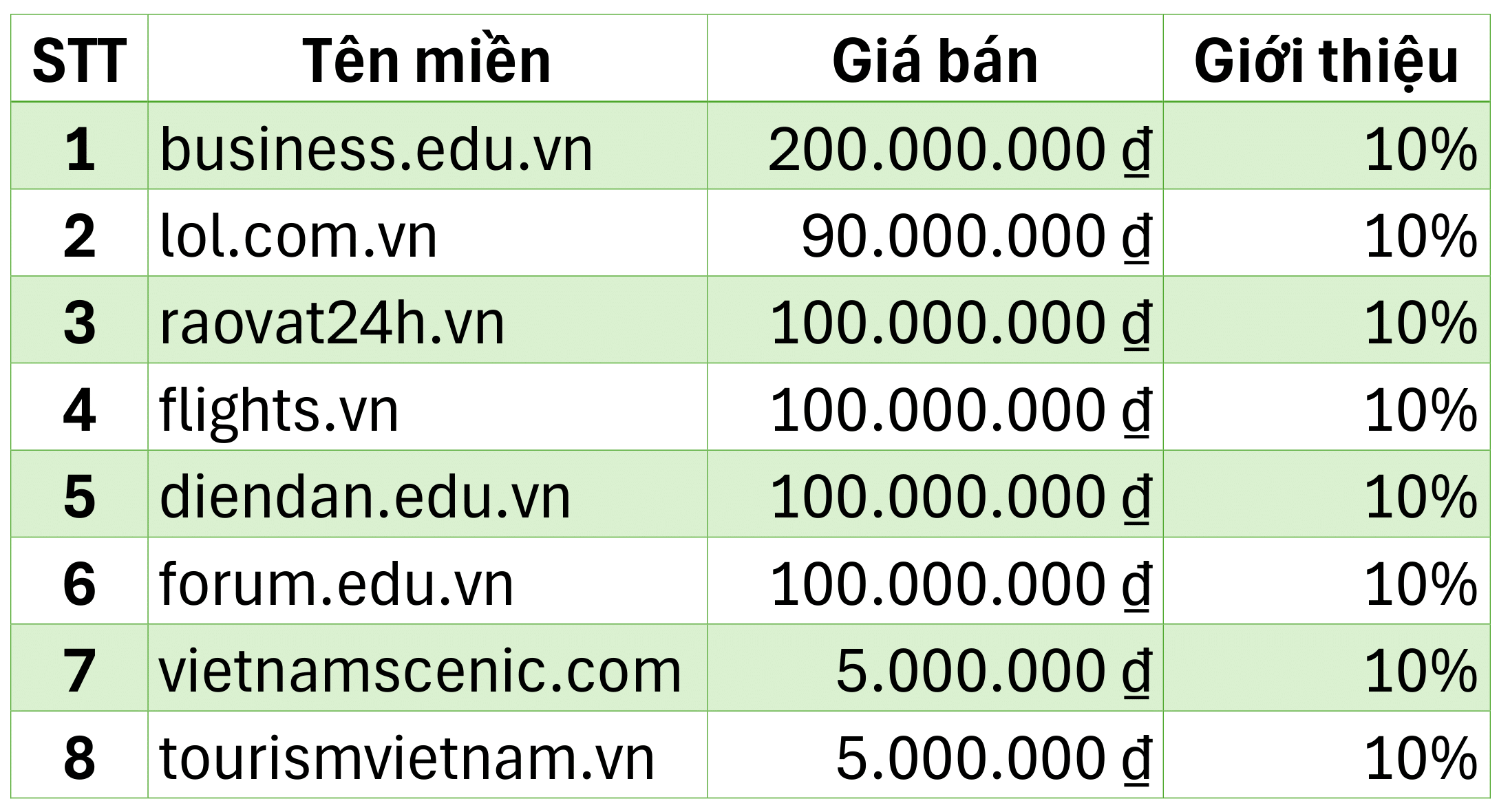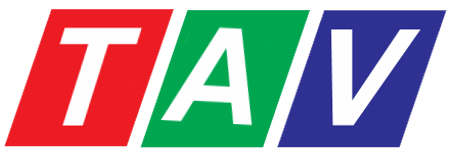sudhasingh
Nhân Viên
Selling ad space on your website is a strategic way to generate passive income, especially if you have a decent amount of traffic and niche-specific content. Whether you’re running a blog, a news site, or a niche community, optimizing your site for advertisers can turn it into a steady revenue stream. One of the best ways to succeed is by partnering with reliable ad networks like 7Search PPC. Here’s how you can effectively sell ad space and maximize returns.

Understanding the Value of Your Website
Before approaching advertisers or joining ad networks, it’s crucial to evaluate what makes your website valuable. The quality of your content, the niche you’re in, and the type of visitors you attract all play a role in determining how appealing your site is for advertisers looking to place their banners or contextual ads.
If your site focuses on a particular topic or industry, such as tech reviews or health tips, you already have a targeted audience. This targeting makes your website more desirable for businesses in related industries that want to sell their products or services. Knowing your website's domain authority, bounce rate, average time on site, and monthly traffic numbers is essential when pitching to potential advertisers.
Choosing the Right Way to Sell Ad Space
There are multiple methods to sell ad space. You could sell directly to advertisers, use third-party marketplaces, or partner with ad networks like 7Search PPC. Direct selling requires you to handle communication, contracts, and billing, but it allows you to charge premium rates. Alternatively, ad networks automate this entire process, taking a percentage of the revenue while providing a broader pool of advertisers.
7Search PPC is a robust ad network that specializes in connecting publishers with relevant ads. It offers publishers a seamless way to monetize their website by placing targeted ads that generate revenue based on pay-per-click (PPC) or impressions (CPM), depending on your preference and audience behavior. The platform provides flexible options to sell ad space efficiently without much manual effort.
Setting the Right Price for Your Ad Inventory
One of the most important elements of selling ad space is pricing. You’ll need to decide how much to charge for different placements on your website. For example, above-the-fold banners or homepage ads typically cost more than sidebar ads buried below the fold. You can price your ad space based on CPM (cost per thousand impressions), CPC (cost per click), or even fixed monthly fees.
Using insights from 7Search PPC can help you analyze the best-performing areas of your site. Their built-in analytics allow you to track which types of ads work best with your audience, which helps in adjusting your pricing and layout accordingly. By continually testing and optimizing, you can ensure you are charging rates that reflect the value you’re delivering to advertisers.
Creating a Professional Media Kit
A professional media kit can greatly increase your chances of closing deals with potential advertisers. This digital brochure should outline your site’s traffic statistics, audience demographics, available ad formats and placements, and pricing. It’s also helpful to include testimonials from previous advertisers and case studies showcasing successful campaigns.
Including details about your partnership with the 7Search PPC ad network adds credibility and shows that your site is already monetized through a reputable platform. Advertisers are more likely to trust a website that has transparent ad practices and established performance metrics.
Optimizing Ad Placement Without Hurting User Experience
An essential part of selling ad space is maintaining the balance between revenue and user experience. Too many ads can annoy visitors and drive them away. To avoid this, focus on high-visibility areas that don’t clutter the content. Popular placements include headers, footers, sidebars, and within content after a few paragraphs.
7Search PPC allows you to customize ad sizes and formats, ensuring they blend naturally with your website design. This flexibility means you can optimize ad visibility without compromising the aesthetic or usability of your website. Over time, monitoring click-through rates and user behavior can guide further refinements.
Building Long-Term Relationships with Advertisers
Once you start attracting advertisers, focus on delivering value and building long-term partnerships. Ensure that the traffic you promise is real and that the ad placements are honored throughout the contract duration. Share performance reports and be open to adjustments that improve campaign results.
Working with a reliable ad platform like 7Search PPC can help strengthen your reputation. The platform manages transactions and ensures timely payments, which helps you avoid disputes and maintain smooth collaborations. Over time, happy advertisers are more likely to recommend your site or return for future placements.
Tracking Performance and Optimizing for Growth
Selling ad space is not a set-it-and-forget-it process. You need to continuously monitor ad performance to maximize your earnings. Keep an eye on which types of ads get the most engagement, which pages drive the most ad revenue, and how your traffic sources impact conversions.
7Search PPC provides detailed dashboards and analytics tools that help you track all these metrics. With this data, you can identify trends and make smarter decisions about layout changes, pricing adjustments, or even traffic acquisition strategies. The goal is to create a feedback loop where data informs better monetization practices.

Understanding the Value of Your Website
Before approaching advertisers or joining ad networks, it’s crucial to evaluate what makes your website valuable. The quality of your content, the niche you’re in, and the type of visitors you attract all play a role in determining how appealing your site is for advertisers looking to place their banners or contextual ads.
If your site focuses on a particular topic or industry, such as tech reviews or health tips, you already have a targeted audience. This targeting makes your website more desirable for businesses in related industries that want to sell their products or services. Knowing your website's domain authority, bounce rate, average time on site, and monthly traffic numbers is essential when pitching to potential advertisers.
Choosing the Right Way to Sell Ad Space
There are multiple methods to sell ad space. You could sell directly to advertisers, use third-party marketplaces, or partner with ad networks like 7Search PPC. Direct selling requires you to handle communication, contracts, and billing, but it allows you to charge premium rates. Alternatively, ad networks automate this entire process, taking a percentage of the revenue while providing a broader pool of advertisers.
7Search PPC is a robust ad network that specializes in connecting publishers with relevant ads. It offers publishers a seamless way to monetize their website by placing targeted ads that generate revenue based on pay-per-click (PPC) or impressions (CPM), depending on your preference and audience behavior. The platform provides flexible options to sell ad space efficiently without much manual effort.
Setting the Right Price for Your Ad Inventory
One of the most important elements of selling ad space is pricing. You’ll need to decide how much to charge for different placements on your website. For example, above-the-fold banners or homepage ads typically cost more than sidebar ads buried below the fold. You can price your ad space based on CPM (cost per thousand impressions), CPC (cost per click), or even fixed monthly fees.
Using insights from 7Search PPC can help you analyze the best-performing areas of your site. Their built-in analytics allow you to track which types of ads work best with your audience, which helps in adjusting your pricing and layout accordingly. By continually testing and optimizing, you can ensure you are charging rates that reflect the value you’re delivering to advertisers.
Creating a Professional Media Kit
A professional media kit can greatly increase your chances of closing deals with potential advertisers. This digital brochure should outline your site’s traffic statistics, audience demographics, available ad formats and placements, and pricing. It’s also helpful to include testimonials from previous advertisers and case studies showcasing successful campaigns.
Including details about your partnership with the 7Search PPC ad network adds credibility and shows that your site is already monetized through a reputable platform. Advertisers are more likely to trust a website that has transparent ad practices and established performance metrics.
Optimizing Ad Placement Without Hurting User Experience
An essential part of selling ad space is maintaining the balance between revenue and user experience. Too many ads can annoy visitors and drive them away. To avoid this, focus on high-visibility areas that don’t clutter the content. Popular placements include headers, footers, sidebars, and within content after a few paragraphs.
7Search PPC allows you to customize ad sizes and formats, ensuring they blend naturally with your website design. This flexibility means you can optimize ad visibility without compromising the aesthetic or usability of your website. Over time, monitoring click-through rates and user behavior can guide further refinements.
Building Long-Term Relationships with Advertisers
Once you start attracting advertisers, focus on delivering value and building long-term partnerships. Ensure that the traffic you promise is real and that the ad placements are honored throughout the contract duration. Share performance reports and be open to adjustments that improve campaign results.
Working with a reliable ad platform like 7Search PPC can help strengthen your reputation. The platform manages transactions and ensures timely payments, which helps you avoid disputes and maintain smooth collaborations. Over time, happy advertisers are more likely to recommend your site or return for future placements.
Tracking Performance and Optimizing for Growth
Selling ad space is not a set-it-and-forget-it process. You need to continuously monitor ad performance to maximize your earnings. Keep an eye on which types of ads get the most engagement, which pages drive the most ad revenue, and how your traffic sources impact conversions.
7Search PPC provides detailed dashboards and analytics tools that help you track all these metrics. With this data, you can identify trends and make smarter decisions about layout changes, pricing adjustments, or even traffic acquisition strategies. The goal is to create a feedback loop where data informs better monetization practices.


 Vận hành bởi Trương Anh Vũ®
Vận hành bởi Trương Anh Vũ®